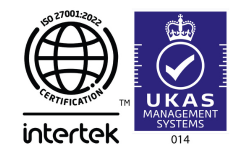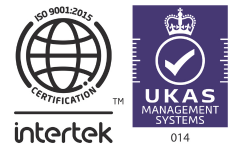Employee Retirement Laws in the UK
Default Retirement Age (DRA): The Default Retirement Age (DRA) was abolished in 2011, meaning employees cannot be forced to retire at a specific age. Employers must avoid age discrimination and cannot compel employees to retire unless there is a justifiable reason, such as health concerns or job performance issues.
Statutory Notice Period: When an employee decides to retire, they must give their employer notice. The notice period is typically outlined in the employment contract. If not specified, a reasonable notice period, usually one month, should be observed. However retirement planning should be discussed as soon as possible for a smoother process.
Pension and National Insurance Contributions: Upon retirement, employees may be entitled to the State Pension if they have paid sufficient National Insurance contributions. Employers should ensure all necessary contributions have been made and that the employee understands their pension entitlements. Find out everything you need to know about employee pensionable earnings here.




































